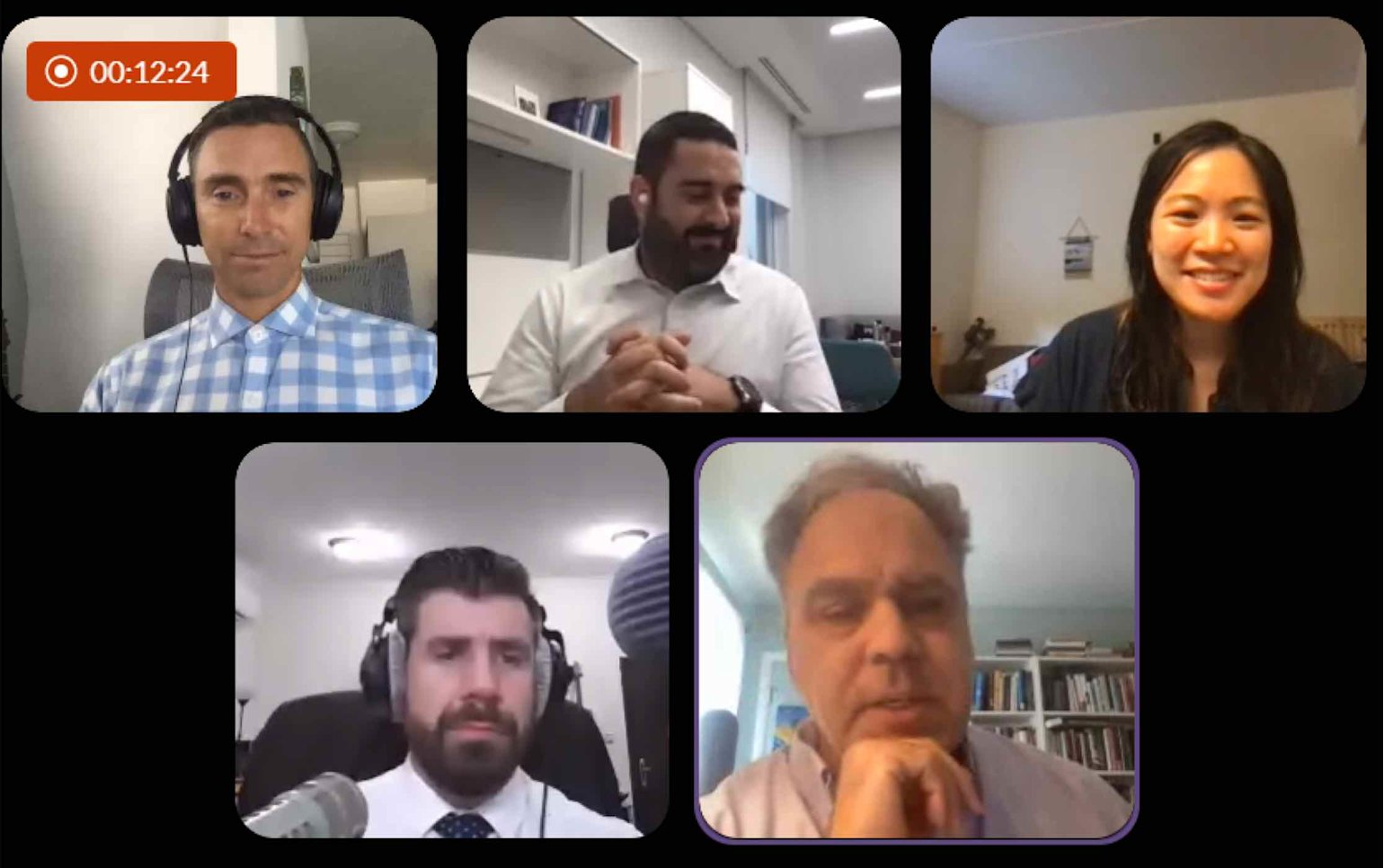Coronavirus (COVID-19) Updates
For the latest COVID-19 information and updates from Qatar Foundation, please visit our Statements page

QF experts participate in US Edtech panel and explain how teachers and students were already being trained and upskilled before COVID-19 hit
Edtech experts have highlighted how many schools in Qatar, and around the world, spent years unwittingly preparing for a global pandemic that would shake the foundations of traditional learning.
We’ve been training and upskilling our teachers within QF schools and across Qatar for years – if not a decade or so prior to COVID-19, with no way of knowing that something like COVID-19 was coming
The discussion – titled “Students of Change: Edtech in Qatar Before and After COVID” held as part of the ASU+GSV Summit 2021 in San Diego, US, and in collaboration with Qatar Foundation (QF) – saw panelists highlight the different ways in which blended learning was being utilized effectively in classrooms before COVID-19.

Experts discuss “Students of Change: Edtech in Qatar Before and After COVID” at ASU+GSV Summit 2021.
Explaining how schools in Qatar were able to adopt to efficient online learning systems so quickly, Dan Pardy, Coordinator for Learning Innovation, QF, said: “We’ve been training and upskilling our teachers within QF schools and across Qatar for years – if not a decade or so prior to COVID-19, with no way of knowing that something like COVID-19 was coming.
“But knowing that blended learning was the future of education – that mix of traditional, in-class teaching, with being able to learn anywhere, anytime, at home or abroad. This was the basis of our drive to a building a solid blended learning model within our schools in QF.
“We had the traditional face-to-face classroom instruction as you would encounter in most mainstream schools, supported by blended learning opportunities outside the classroom – such as supporting travelling students, or those absent from school. Blended learning was even being used within the classroom in small instructional groups.”
We still have a long way to go with it. But the way we got there was through prioritizing professional learning for our staff, and ensuring they had access to training
Explaining how the process took many years to implement, Pardy said that this blended learning model wasn’t implemented suddenly. “We still have a long way to go with it. But the way we got there was through prioritizing professional learning for our staff, and ensuring they had access to training.”
Building capacity among staff and normalizing the use of technology was a priority, according to Pardy. This included focusing on technology integration models and upskilling staff in concepts as much as the hard skills and tools.
What we learned, and what we’ve always hypothesized, is that digital learning can do an incredible job augmenting traditional learning, even before the pandemic
Edward Keller, CEO, Smart Science Education, said: “It’s really been an interesting last year… year plus. What we learned, and what we’ve always hypothesized, is that digital learning can do an incredible job augmenting traditional learning, even before the pandemic. And this was always our assumption.
“There is a lot to be gained from using high-quality digital tools, even when you have a traditional classroom operating as it should be. And then all of a sudden the pandemic hit, and we were able to test this out in a much larger way, because so many schools were desperate to find solutions to – in our case – traditional science labs, which of course are very challenging and expensive to do anyway.”
Seungah Lee, Research Fellow, World Innovation Summit for Education (WISE), and Mehdi Benchaabane, Executive Director, Learning & Innovation, QF, echoed the importance of supporting teachers, helping educators adapt and facilitating learning among staff.
“For us, focusing on wellbeing was a key element,” said Benchaabane. “In times of crises, the first thing you want to do is focus on the wellbeing of both students and staff. And once people feel like they’re being looked after, they will respond better to challenges.
“We quickly realized teachers were under a lot of pressure, so the first thing we did was create a crisis management team. We started a hotline. We looked at leadership understanding. And of course, student wellbeing was already the center of our attention.”
And moving past the confines of school, Benchaabane highlighted the importance of engaging parents in ensuring the successful uptake of blended learning systems.
“One thing we recognized is that parents needed to be collaborators – and that is an investment that every school needs to make. The more you invest in engaging parents, the more you’ll be ready for disruptions like these.

Panelists highlight how educators were being upskilled before COVID-19 hit.
“We’ve seen it especially across elementary levels. You can see clearly those parents who were following up on what the teachers were doing in the classroom, who understood the process, pedagogical approaches used by the teachers, could be the voice of the teacher at home. And could also look after other aspects of balance, like screen time.”
Launched as a collaboration between Arizona State University and Global Silicon Valley, the ASU+GSV Summit aims to connect leading minds focused on transforming society and business around learning and work.
For more information, please visit: https://www.asugsvsummit.com

